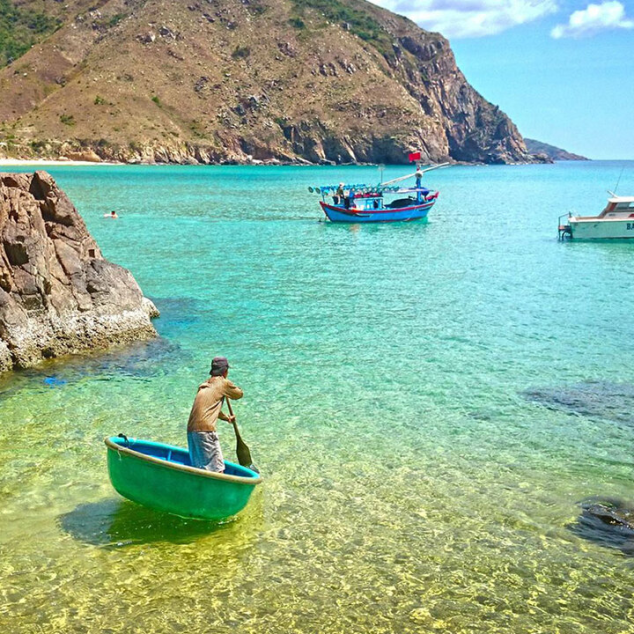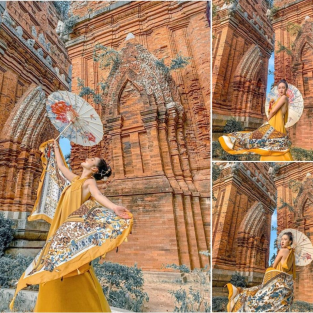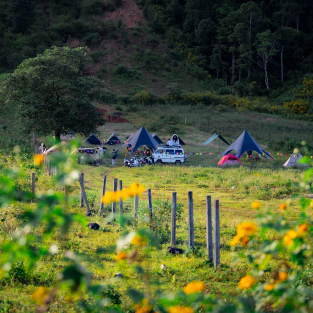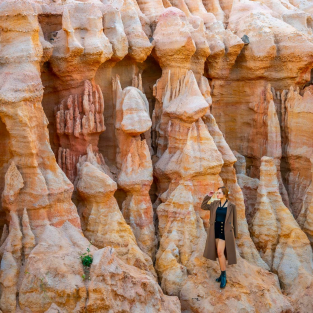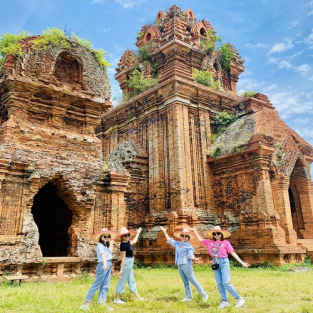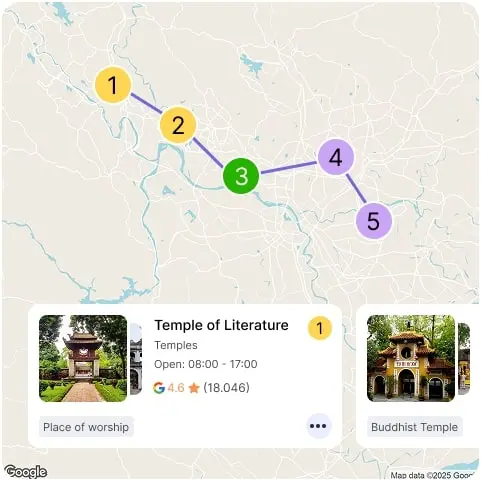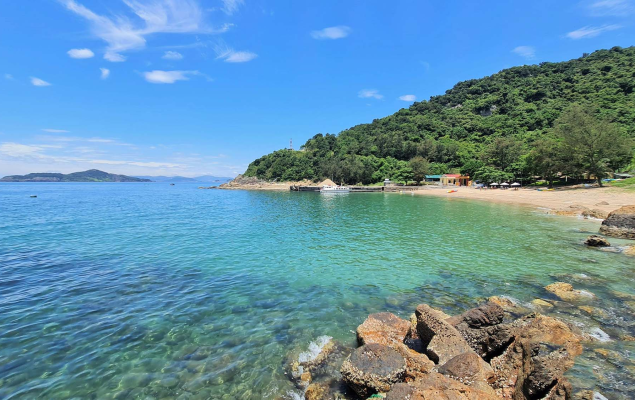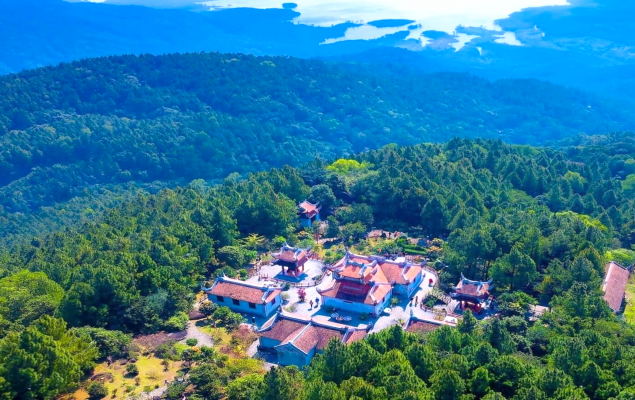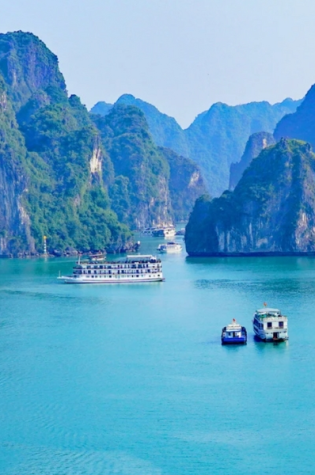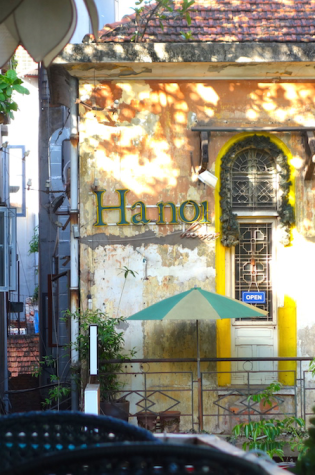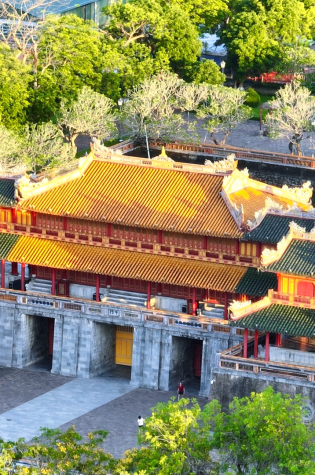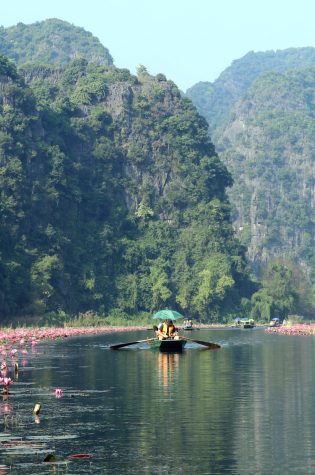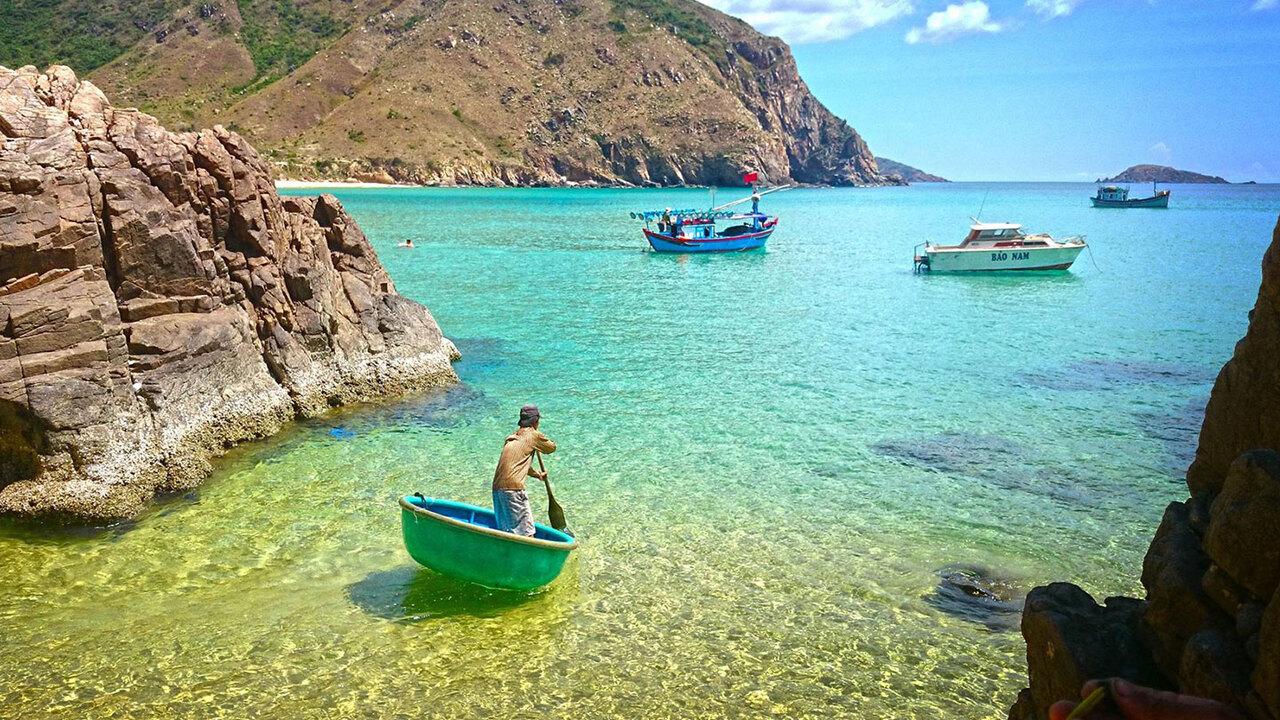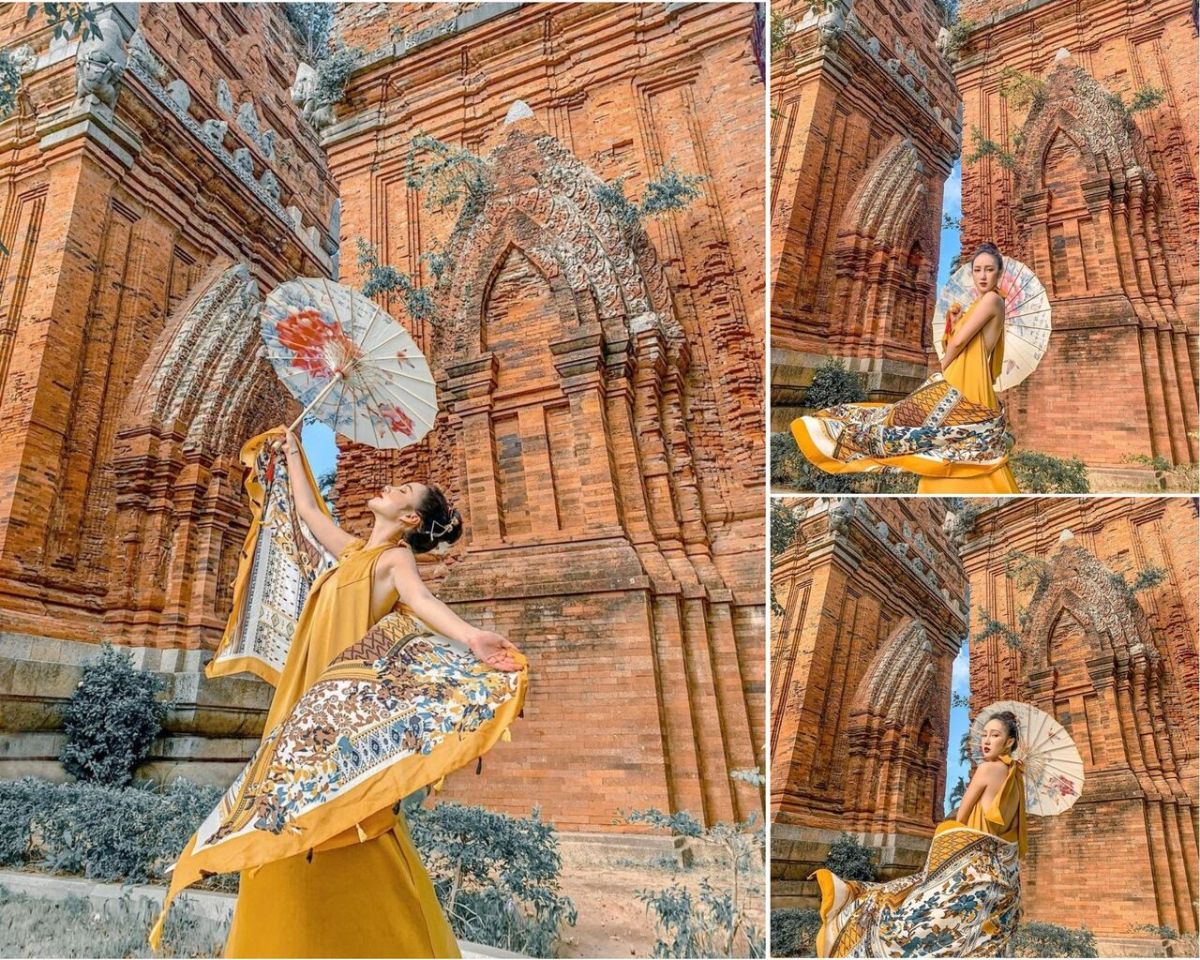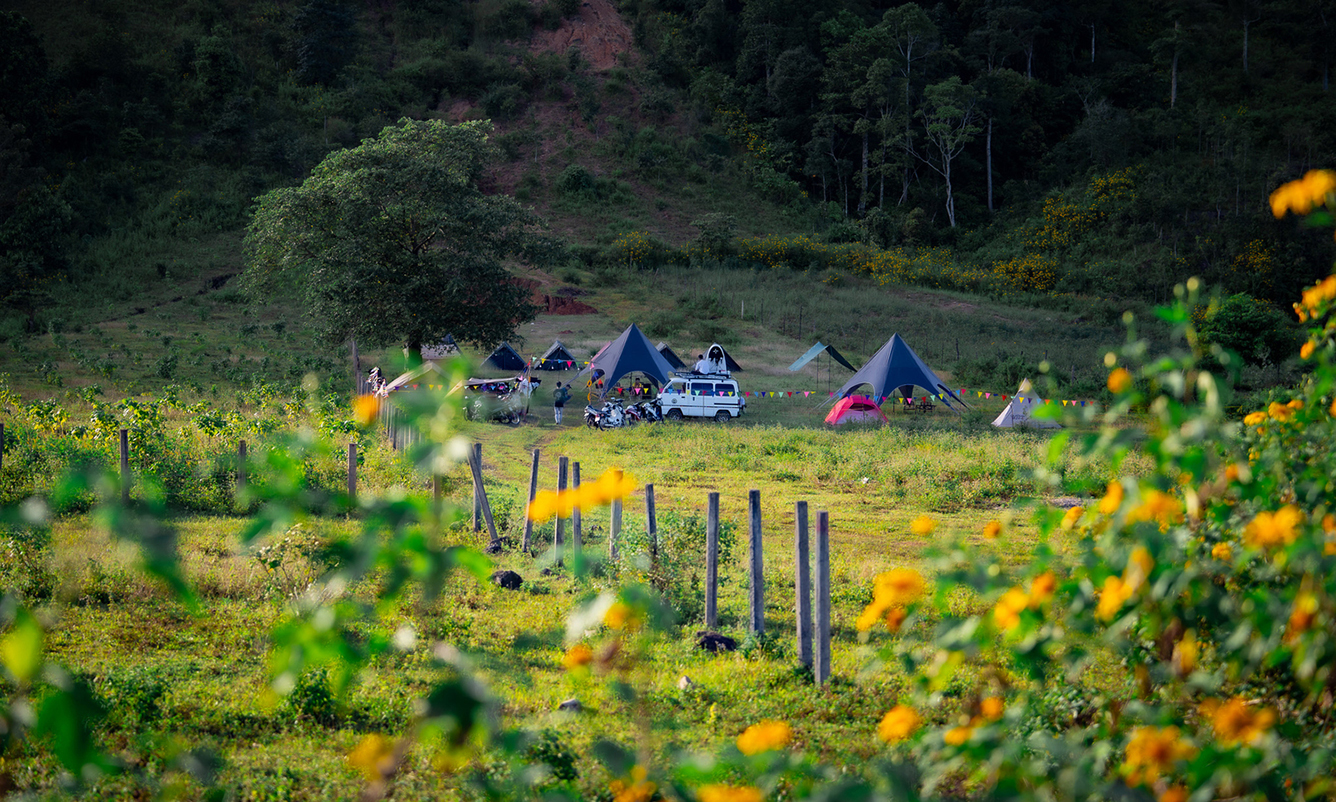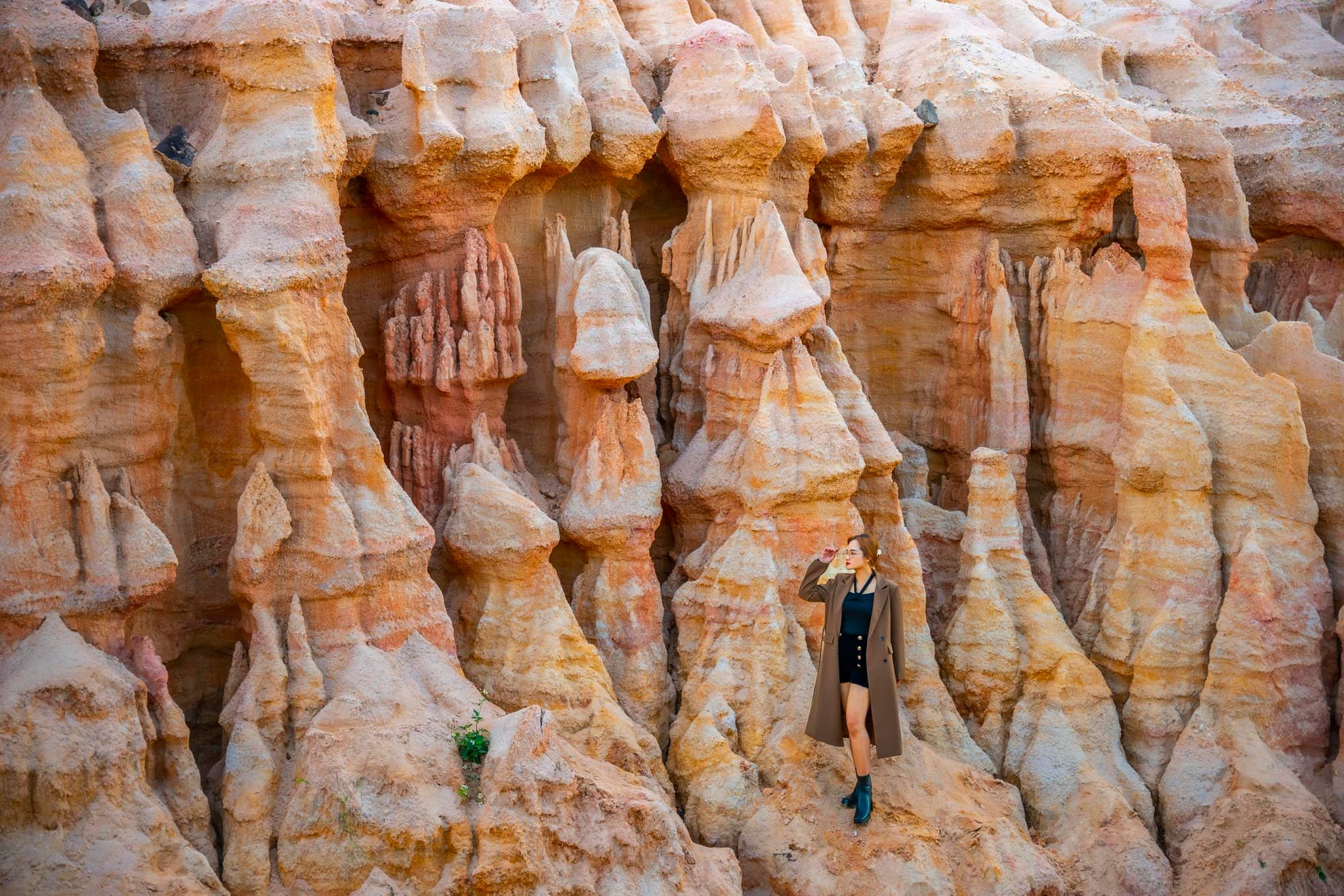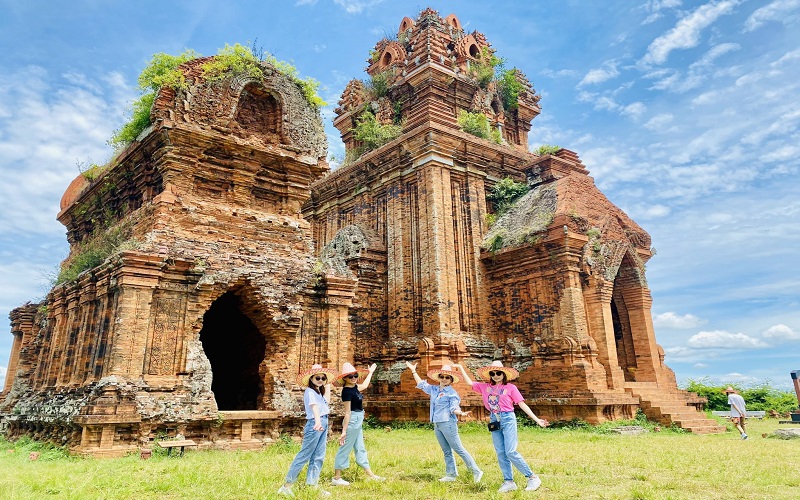Gia Lai is a destination that draws travelers into the heart of Vietnam’s Central Highlands, offering a deep connection to both nature and culture. The province is known for its sweeping basalt plateaus, ancient forests, and lakes shimmering under cool highland skies. Landmarks like T’Nung Lake—often called the "Pearl of Pleiku"—and the dormant Chu Dang Ya Volcano invite exploration, while endless coffee farms stretch across the landscape, revealing a key part of the region’s identity.
What sets Gia Lai apart is not just its scenery, but its living cultural heritage. The Bahnar and Jrai ethnic communities have preserved age-old traditions, from communal stilt houses and gong performances to vibrant festivals that celebrate the rhythms of life in the highlands. Travelers can engage with local artisans, taste unique highland cuisine, and experience the warmth of communities whose lives remain closely tied to the land.
For those seeking an authentic journey, Gia Lai offers a rare sense of place—where every encounter, from a sunrise over misty hills to a shared cup of highland coffee, leaves a lasting impression.
Gia Lai is easily accessible by air, road, and bus services, making it a convenient gateway to Vietnam’s Central Highlands.
- By air: Pleiku Airport (PXU) serves as the main aviation hub for Gia Lai, with daily flights connecting to major cities like Hanoi, Ho Chi Minh City, Da Nang, and Hai Phong. The airport is located just 5 km from the city center, ensuring quick and easy transfers upon arrival.
- By road: National Highways 14 and 19 link Gia Lai to neighboring provinces such as Kon Tum, Dak Lak, and Binh Dinh. From Ho Chi Minh City, the journey takes approximately 8 to 10 hours by car or bus. Comfortable sleeper buses operate regularly from key cities, offering an affordable and scenic way to reach the highlands.
- Local transport: In Pleiku and surrounding areas, taxis, motorbike rentals, and ride-hailing apps are available for getting around. For travelers heading to rural villages or natural attractions, hiring a private car or joining guided tours is recommended for a smoother experience.
Gia Lai offers a distinctive highland climate that creates different travel experiences throughout the year.
- Dry Season (November to April): This is the best time to visit, with clear skies, mild temperatures (18–27°C), and minimal rainfall. The coffee flowers bloom in February and March, transforming the hills into a white landscape with a gentle fragrance—an iconic sight of the Central Highlands.
- Rainy Season (May to October): The landscape turns lush and green, with cascading waterfalls and vibrant rice fields. Though occasional showers occur, mornings and early afternoons are often clear, providing good conditions for exploration.
Many visitors also plan their trips around local festivals such as the Gong Culture Festival, a UNESCO-recognized cultural event that reflects the spiritual life of Gia Lai’s ethnic communities.
Gia Lai is gradually improving its accessibility to welcome travelers of different ages, abilities, and needs. In Pleiku—the provincial capital—hotels, restaurants, and some public spaces have introduced basic facilities such as ramps, elevators, and accessible restrooms.
At key attractions like Minh Thanh Pagoda and Pleiku Lake, pathways are generally easy to navigate, though some natural sites may still require extra caution due to uneven terrain. Visitors with mobility needs are encouraged to explore cultural destinations and city-based experiences, where infrastructure is more developed.
Ride-hailing services, taxis, and private car rentals are widely available in Pleiku, making local transfers flexible and convenient. For travelers who require tailored assistance, some tour operators offer customizable itineraries that prioritize comfort and accessibility while exploring Gia Lai’s cultural highlights and scenic landscapes.

